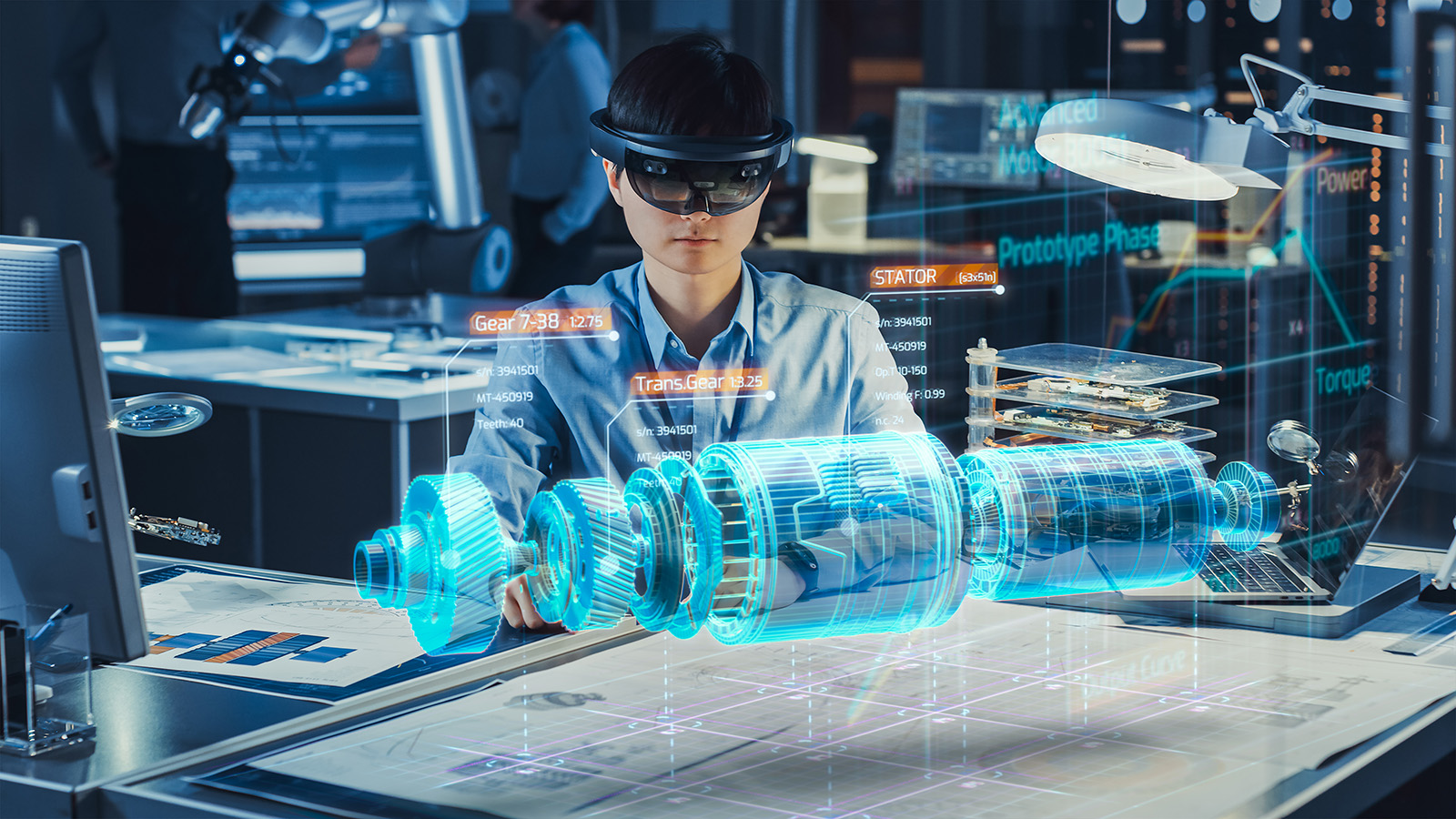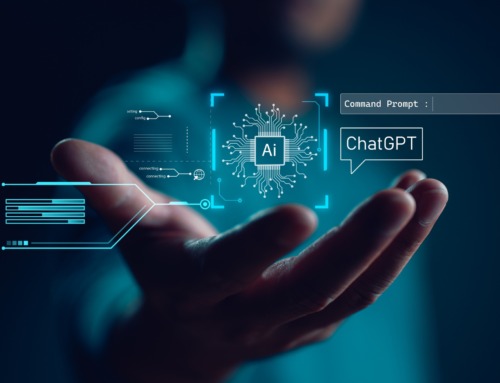Simulations save customers time and money
While automotive manufacturers have long relied on simulations for designing and planning complex components, the electronics industry still has to catch up. AT&S customers can already test products virtually before implementing circuits as prototypes, thus significantly reducing efforts and costs of development.
Modern printed circuit boards and substrates are technically complex components that, on the one hand, should be as small as possible and, on the other hand, are exposed to many loads. This can sometimes lead to significant problems if not interpreted correctly. “Warpage, i.e., the twisting and warping of substrates and printed circuit boards, can be a major problem in our industry. Today’s circuits are extremely thin with a comparatively large area. If there are major deformations, the products can no longer be processed for our customers,” says Markus Frewein, simulation expert at AT&S.
Digital-first steps
To prevent significant warpage, circuit diagrams, materials, and components must be precisely coordinated. This was usually done for new components by constructing complex prototypes, which had to be optimized step by step in several improvement loops. “This takes about eight to twelve weeks per loop and is very expensive,” explains Frewein. AT&S has been offering its customers a high-tech alternative for a year and a half. “With our simulation know-how, we can virtually test and optimize new electronic products. It then only takes one to two days without using any production capacities,” says Frewein.

Digital prototypes minimize warpage in printed circuit boards / AT&S
The simulations can be carried out for printed circuit boards and substrates and complete systems. “Our substrates and printed circuit boards are processed further by our customers, for example, by equipping them with different components. We can also simulate these processes and ensure that the products can be processed without deformation. This is important for customers in practically all our areas of activity,” emphasizes Frewein. In addition to customers, AT&S departments such as quality management, product engineering, and research and development also benefit from handling the design process virtually.
Industry in transition
“We have acquired a lot of know-how and can develop realistic material models. We also develop some of the simulation software ourselves. We also work with research partners such as the Polymer Competence Center Leoben GmbH. Our circuit board simulation solution is better than anything else on the market,” says Frewein. AT&S also has the appropriate hardware to calculate the complex simulations in-house. “We just got a new high-performance computer in Hinterberg and now have a state-of-the-art computing cluster,” says Frewein.
The demand for simulations currently comes primarily from the upper market segment. However, this will change in the future when the microelectronics industry gradually switches to digital processes. “Simulations are not a panacea and always work with certain simplifications. But the potential of the technology is enormous, and we can at least halve development cycles. In a few years, simulations will be commonplace in the electronics industry, like in the automotive industry or aircraft construction,” says Frewein.
Share post:




